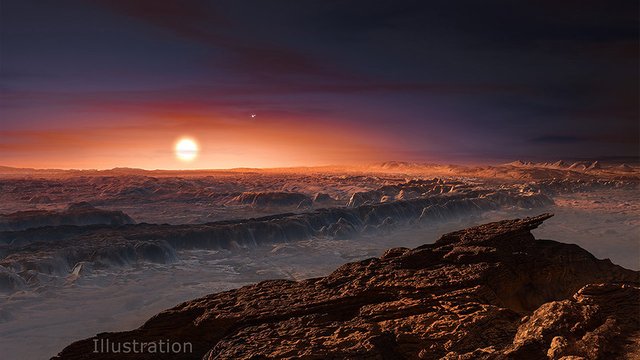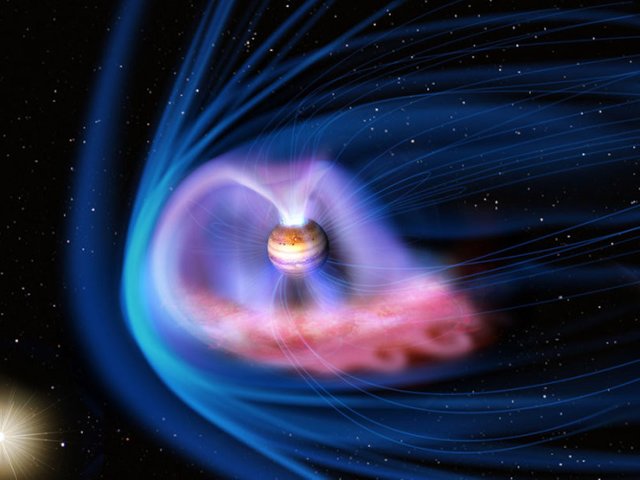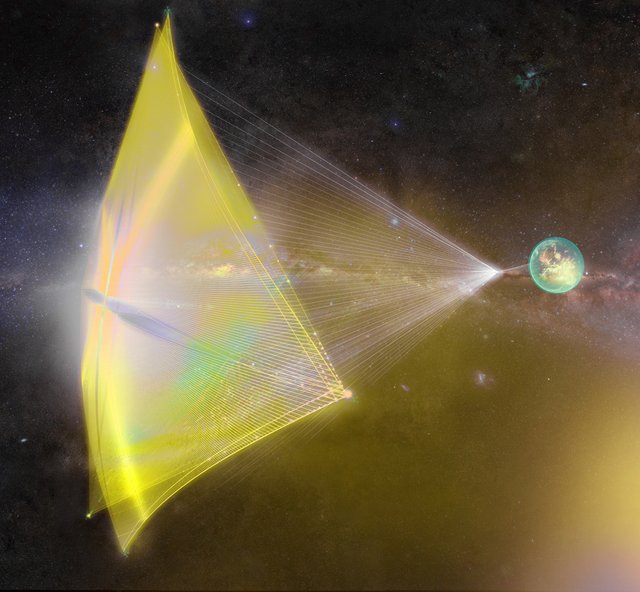Earth-like planet at habitable zone of Proxima Centauri - weather forecast
Proxima Centauri - the smallest star of triple star system, is the closest star to our Solar System - 4.28 light years away. It hosts at least one planet. It is Earth-like planet with mass at least 1.3 Earth's (it is low mass limit, it can be larger). Proxima Centauri is red dwarf of M-class (in the same class as widely known star TRAPPIST-1, hosting 7 planets).
Image: ESO/M. Kornmesser Artist's impression of Proxima Centauri b surface with Alpha Centauri binary star system at the right and above Proxima
As red dwarf has a luminosity only 0.01% of the Sun's, its habitable zone (distance from star where liquid water might exist) is also much closer: planet Proxima Centauri b orbits it only in 11.3 days. This is a good news.
The bad news are that large proportion of red dwarf's radiation is in the form of UV, extreme UV and X-rays. This means that strong star winds can evaporate a planet's atmosphere. It is unknown whether the planet could retain any atmosphere at all, or at least over a long time, to become habitable.
The modeling of planetary atmospheres in red dwarf's systems, was made by team of CfA astronomers. They found that the pressure of the stellar wind at the exoplanet was a thousand to ten thousand times higher than the solar wind pressure at Earth. The last researches ound also that Mars lost its atmosphere because of much weaker solar winds.
Moreover, the pressure of star wind in Proxima b atmosphere is highly nonuniform and and planet will pass through these extreme pressure variations twice each orbit leading to the compression and expansion of its atmosphere by factors of up to 3 every day. This phenomena may cause supersonic winds over the planet.
To stop atmosphere's evaporation could strong magnetic field together with whick atmosphere. Both these conditions might cause bright auroras, which could be visible with telescopes of the next generation, such as James Webb.
Image: NASA/JPL Auroras on Jupiter' poles
New information about Proxima Centauri b could be another argument to choose one particlular route for nanocraft project - sending to the system a fleet of tiny solar sails nanocrafts, powered from Earth or Moon surface by laser.
Image: Starshot
For further reading: https://phys.org/news/2017-04-space-weather-proxima-centauri.html


